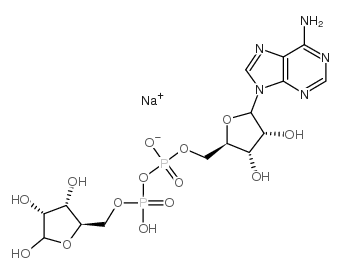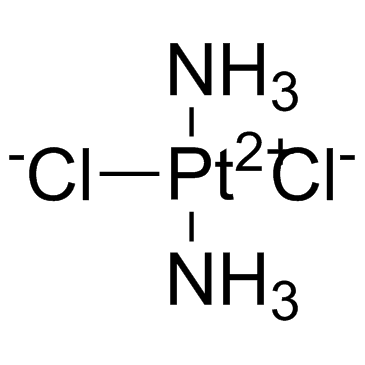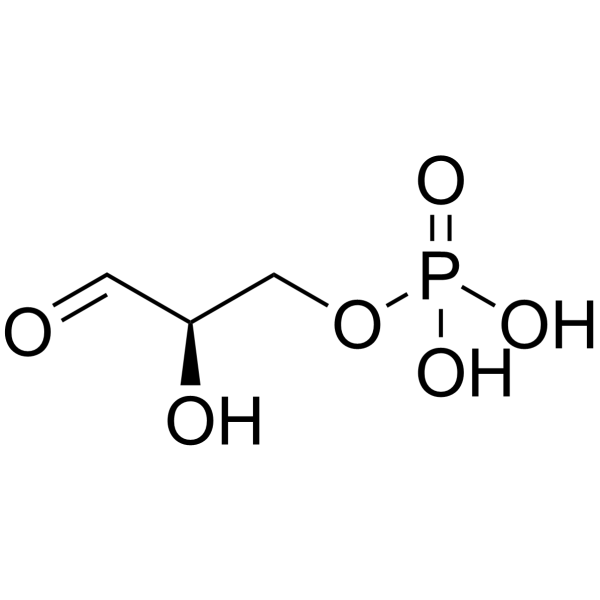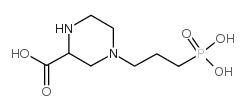| Structure | Name/CAS No. | Articles |
|---|---|---|
 |
α-Synuclein (61-95) (human) trifluoroacetate salt
CAS:154040-19-4 |
|
 |
Copper sulfate pentahydrate
CAS:7758-99-8 |
|
 |
Acetylcysteine(N-acetylcysteine)
CAS:616-91-1 |
|
 |
Mercury chloride
CAS:7487-94-7 |
|
 |
Dimethyl sulfoxide
CAS:67-68-5 |
|
 |
Adenosine 5′-diphosphoribose sodium
CAS:68414-18-6 |
|
 |
Cisplatin
CAS:15663-27-1 |
|
 |
Triose phosphate
CAS:591-57-1 |
|
 |
(+/-)-2-HYDROXYTRIDECANOICACID
CAS:100828-16-8 |